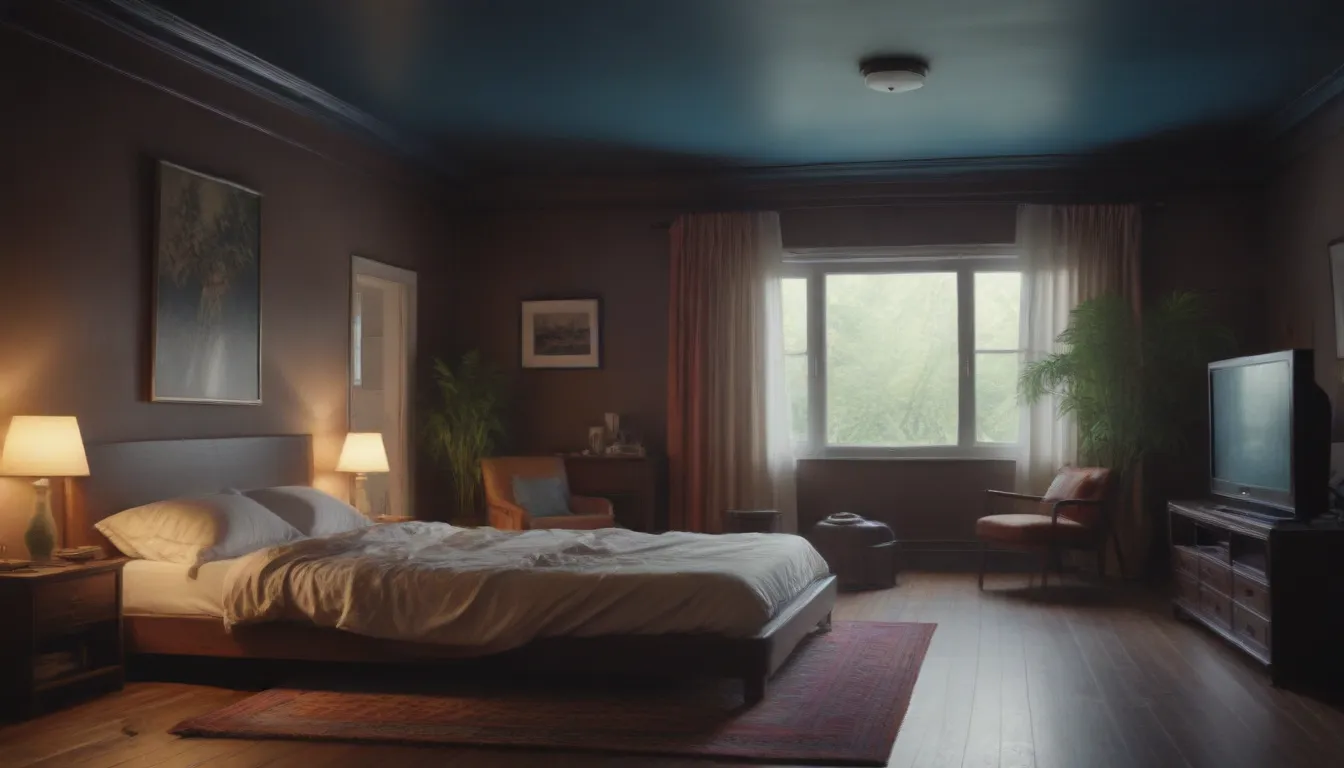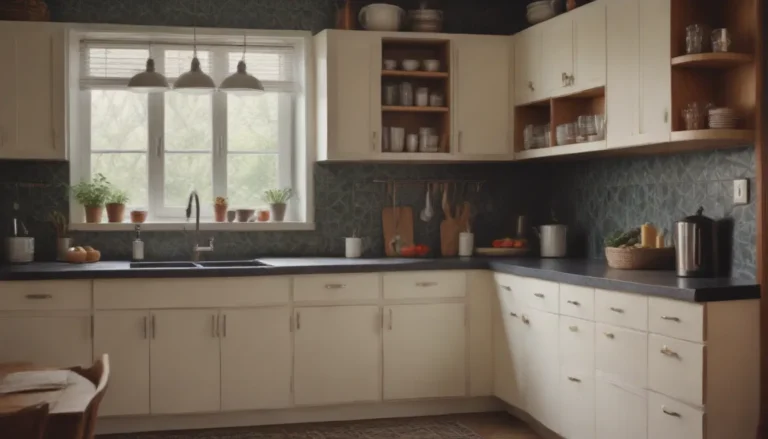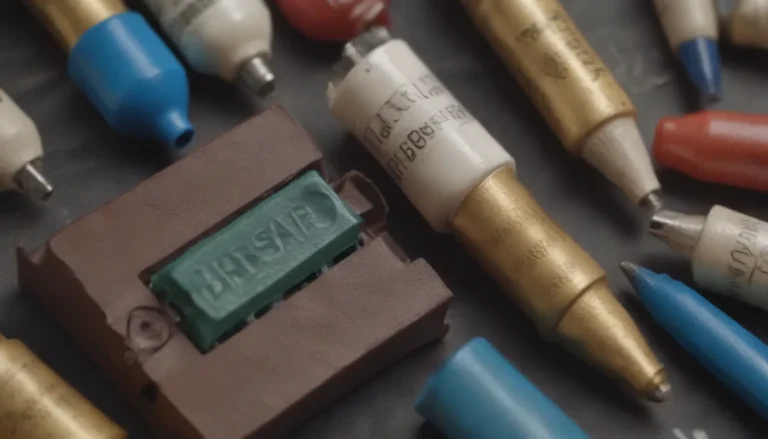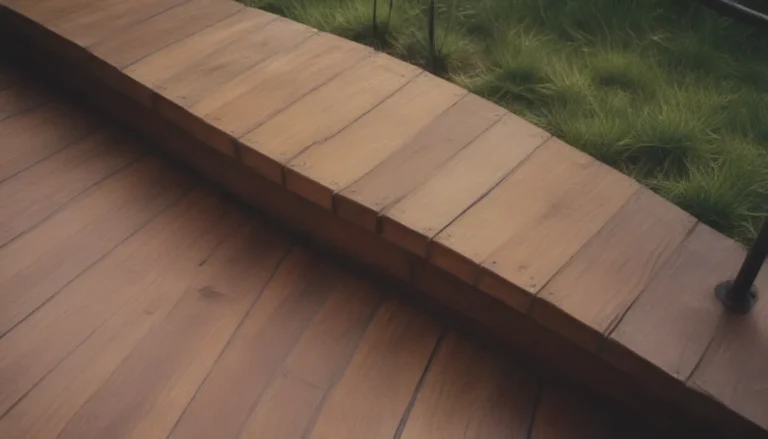Effective Ways to Cool Down a Room Without AC or Windows

Are you tired of sweltering-hot rooms making it impossible to get a good night’s sleep? We’ve all been there. While a whole-house air conditioning system may seem like the ultimate solution, there are actually faster and less expensive ways to cool down a room fast. If you’re looking for some quick and easy cooling methods that actually work, you’re in the right place. In this article, we’ll explore various strategies that can help you beat the heat and create a more comfortable indoor environment.
Reverse Your Ceiling Fan
If you’re a savvy energy user, you may already be using your ceiling fan to help distribute warm air during the winter months. But did you know that your ceiling fan can also be a powerful ally in the battle against summer heat? In the summer, make sure your ceiling fan is running counterclockwise to help circulate cool air throughout the room. This simple adjustment can make a big difference in how comfortable your space feels.
- Check the product instructions for your specific fan model to learn how to change the direction.
- Some fans have a reverse setting on the remote control for easy adjustment.
- If you have double-hung windows, remember that the top sashes can also be opened for better airflow.
Cover the Windows During the Day
Windows can be a double-edged sword when it comes to controlling indoor temperatures. While we love natural light, excessive heat and direct sunlight can make a room feel like an oven. Installing thermal curtains or simply closing the drapes during the heat of the day can help block out unwanted heat and keep your room cooler.
- Opt for thick, insulating materials like bedspreads or comforters to provide additional heat-blocking benefits.
- Consider investing in blackout curtains for maximum heat reduction.
Dehumidify the Air
Air conditioners not only cool the air but also remove excess moisture, which can make a room feel more comfortable. If you don’t have AC, a dehumidifier can help replicate this effect by reducing humidity levels in the room. High-quality dehumidifiers can extract significant amounts of water from the air, creating a drier and more pleasant indoor environment.
Open the Windows at Night
After the sun goes down, take advantage of cooler outdoor temperatures by opening your windows to let fresh air in. This can help lower the temperature inside your home and create a more comfortable sleeping environment.
- Place fans in windows to promote cross ventilation and keep air circulating.
- Consider using window-sized reversible fans for optimal airflow control.
Skip Using Hot Appliances
Appliances like clothes dryers and ovens are major heat generators that can make a room feel hotter than it actually is. To avoid unnecessary heat buildup, try to limit the use of these appliances during the hottest parts of the day.
- Opt for air-drying clothes instead of using a dryer.
- Prepare no-cook meals to avoid using the oven and stove.
Sleep Cooler
Getting a good night’s sleep in a hot room can be a challenge, but making some simple changes to your bedding and sleep environment can help significantly.
- Use lighter-weight bedding and cotton sheets to stay cool.
- Consider using a cooling pillow or mattress pad to regulate your body temperature while you sleep.
Use Ice Packs and Cooling Aids
Cooling aids like ice packs and gel cooling packs can provide instant relief on hot summer nights. Placing an ice pack on your head or using a chilled gel cooling pad can help lower your body temperature and improve your comfort level.
- Keep a washcloth soaked in cold water nearby for quick cooling relief.
- Experiment with different cooling aids to find what works best for you.
Close Unused Rooms and Shut Off Lights
Unused rooms can trap heat and make your entire home feel warmer. By closing off these areas and shutting doors, you can contain heat and prevent it from spreading throughout your home. Additionally, turning off incandescent lights, which produce heat, can help reduce the overall temperature in your living space.
- Replace incandescent bulbs with energy-efficient CFL or LED lights to minimize heat output.
- Use natural light during the day to reduce the need for artificial lighting.
Create Your Own Cooling System
If you don’t have access to air conditioning, don’t worry—there are still ways to create a DIY cooling system using simple household items. Placing a bowl of ice cubes in front of a fan can help circulate cooler air, while hanging a damp sheet near an open window can create a refreshing breeze.
- Experiment with different DIY cooling methods to find what works best for your space.
- Be creative and resourceful in finding ways to beat the heat without AC.
By incorporating these cooling strategies into your home, you can create a more comfortable living environment and avoid the need for expensive air conditioning systems. With a little creativity and resourcefulness, you can stay cool and beat the summer heat without breaking the bank. So, why suffer in a hot and stuffy room when you can easily make it more comfortable using these simple tips and tricks? Give them a try and see the difference they can make in cooling down your space.





